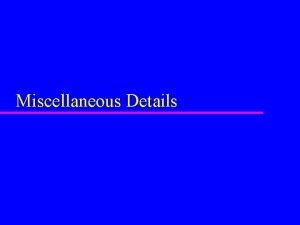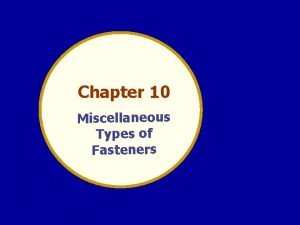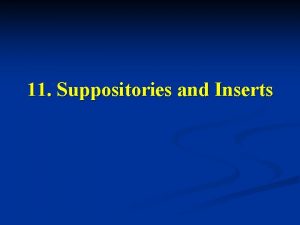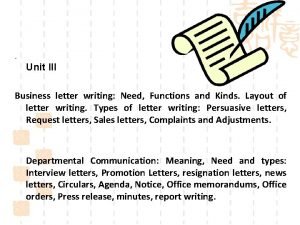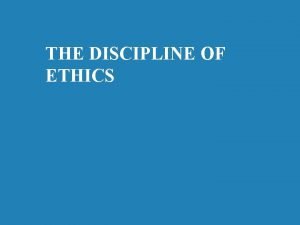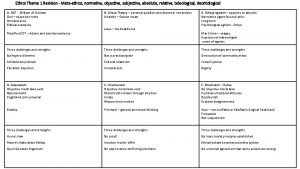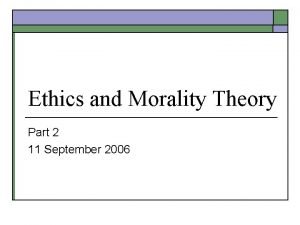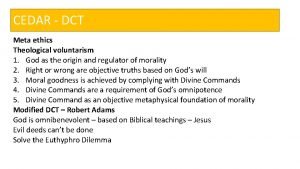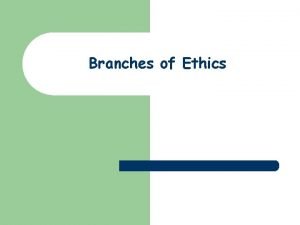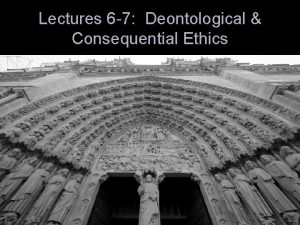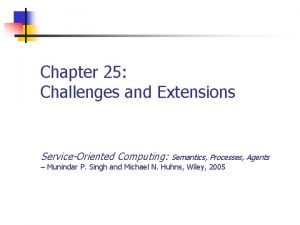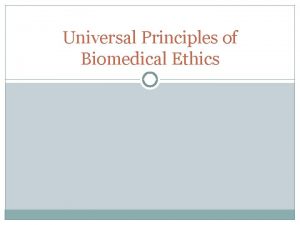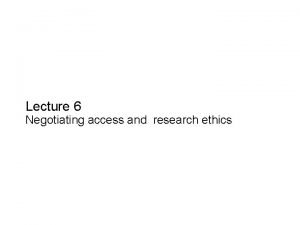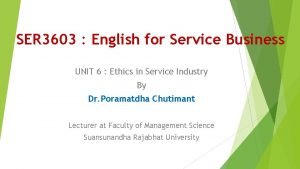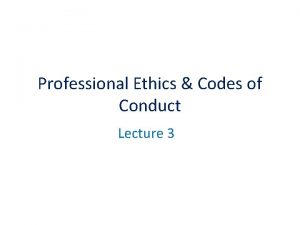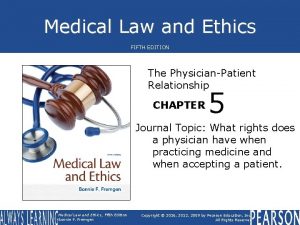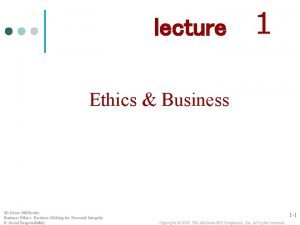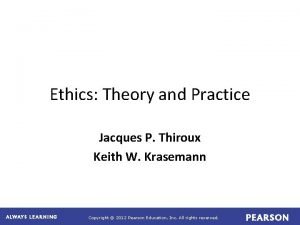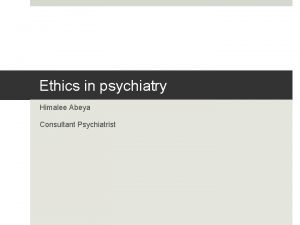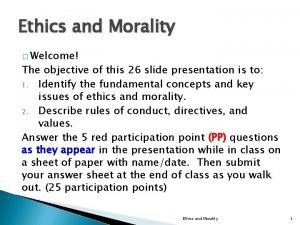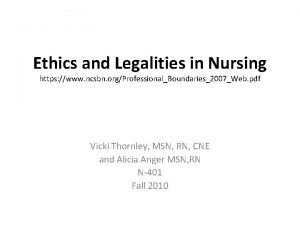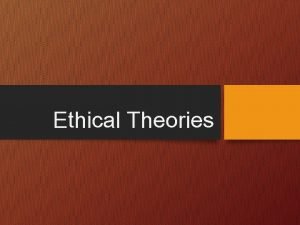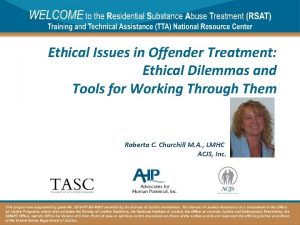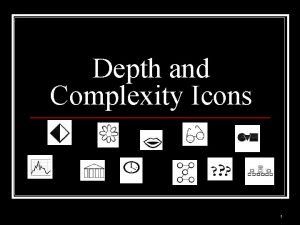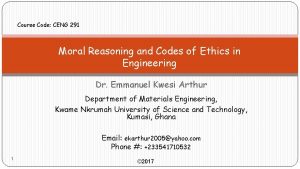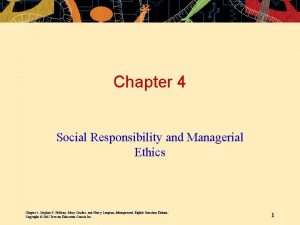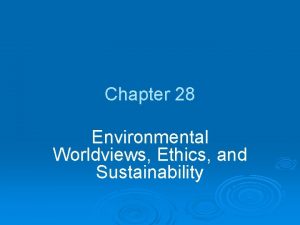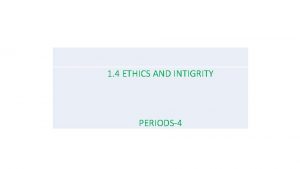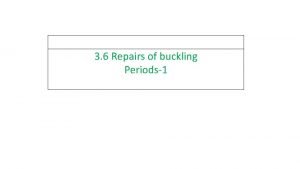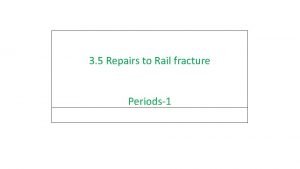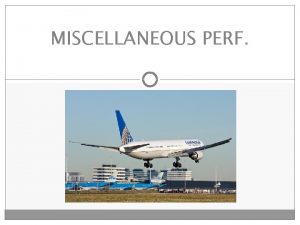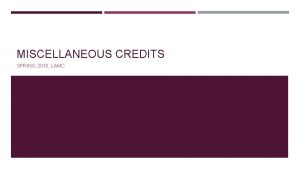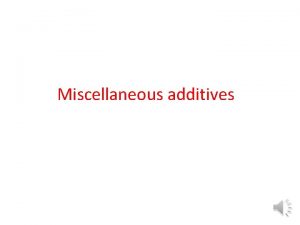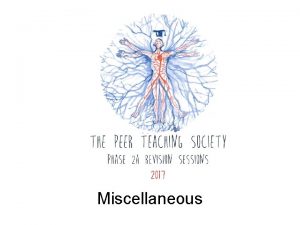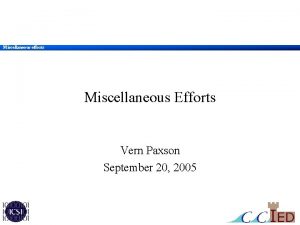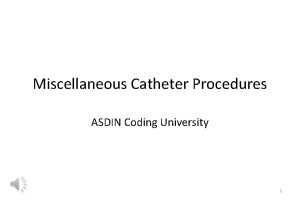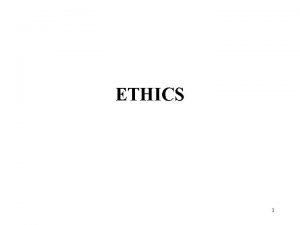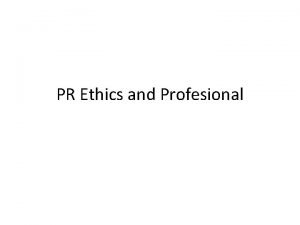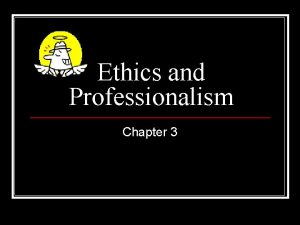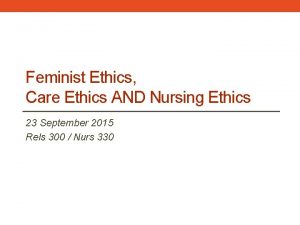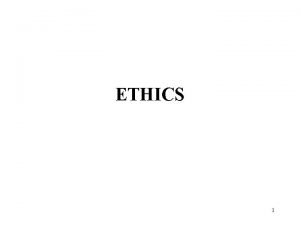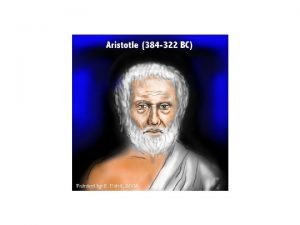PART MISCELLANEOUS 1 1 ETHICS AND INTIGRITY PERIODS1










































































- Slides: 74

PART - MISCELLANEOUS 1. 1 ETHICS AND INTIGRITY PERIODS-1































Policy letter for guidance and practical approach. These sessions conducted by heartfulness institute free of charge.


The word Asana comes from the Sankrit root as, which means ‘to sit’: the original Asana was the sitting pose for meditation. The purpose of Yoga has always been union or oneness with the infinite, so the main focus in yogic practice is meditation, and through meditation union. It is in this context that Patanjali defined and described Asana in following three Sutras:

2. 46: Sthira sukham āsanam. Sthira means steady, stable; sukham means comfortable, relaxed; āsanam means posture or sitting position. So that position which is steady and comfortable is Asana.

2. 47: Prayaina Shaithilya Ananta Samapattibbyam. Prayatna means tension or effort; shaithilya means relaxing or loosing; anania means infinite, endless; sampattibhyam means bringing the attention to and merging with. So Asana comes through relaxing efforts and allowing consciousness to merge with the infinite.

2. 48: Tatah dwandwa anabhighata Tatah means thus; dwandwa means the dualities or pairs of opposites, such as light and dark, right and wrong; anabhighata means without impact or freedom from suffering. So through Asana we become free the impact of the dualities of heat and cold, pleasure and pain etc.

When we summarize what Patanjali said about Asana, it is this: Find a steady and comfortable sitting posture, so that you can relax your efforts and allow your consciousness to merge with the infinite, and you will become free from the impact of the dualities of existence. This is the purpose of Asana.

Swami Vivekananda explained the role of Asana further: in order to meditate every day, find a posture in which you can remain for a long time. It should be an easy posture, and it need not be the same for everyone. What matters is that it should allow the flow of energies through the system.

In his book, Raja Yoga, Swamiji described how a good deal of activity goes on in the body when we meditate. “Nerve currents will have to be displaced and given a new channel. New sorts of vibrations will begin, and the whole constitution will be remodeled, as it were.

But the main part of the activity will lie along the spinal column, so that the one thing necessary for the posture is to hold the spinal column free, sitting erect, holding the three parts- the chest, neck and head- in a straight line. Let the whole weight of the body be supported by the ribs, and then you have an easy natural posture with the spine straight. ”

This may be the first ever description of neuroplasticity arising out of meditation. Swamilji described the process of neuroplasticity not only in the brain, but in the central nervous system, and especially the spinal cord from the chest up to the head and brain, the regions encompassing the chakras of the heart and Mind.

Swamiji also guided us on how to maintain this alignment of the spinal column and the brain: “say to yourself that you are firmly seated, and that nothing can move you. Then mention the perfection of the body, bit by bit, from head to foot. Think of it as being clear as crystal, and as a perfect vessel to sail over the sea of life. ”

The main thing is to leave the body free, holding the chest, shoulders and head straight, so that you do not feel the body at all. When you go beyond the physical, you will loose al sense of the body, pleasure and pain. Afterwards you will feel so rested. It is the most perfect rest you can give the body.

The best postures for meditation are thought to be the cross-legged postured, such as Siddha-asana, with both hands resting on the thighs, and Padmasana, the lotus position. Ram chandra of Shahjahanpur explained the philosophy behind the cross-legged position: if we are to return to our origin through meditation, contracting our existence into nothingness, then it is helpful to adopt a similar physical position contraction or withdrawal.

He said: “ The contraction always starts from below and proceeds gradually upwards because of its upward tendency. Therefore, in order to go upwards he must start contracting from below. The form would only be to bring his legs and the allied parts to one pose and to keep them steady. In whatever way it might be done, the form would finally be that of Asana.

It is essential because it paves our way to the Ultimate. The posture must always be the same. The reason is that in this way he gets associated with the great Power, the very thing he takes up in the beginning for the attainment of his particular objective. Thus the form which is associated with Reality helps him a good deal in is primary initiation.

Performing meditation in an upright sitting pose has been thought to be most advantageous from very ancient times, because in that position the flow of divine grace descends straight upon the seeker.

When the ancient Rishis meditated to attain a state of oneness with God, they soon learnt that the body also needed to be cared for and exercised. Sitting in meditation all day would not allow them to stay healthy, so they developed other postures that could be done throughout the day while they remained meditative.

That way they could continue to meditate while also improving immunity, respiration, blood circulation, muscle tone and joint flexibility. And so the physical practices of Hatha yoga evolved.

If seeker sits crookedly or in an unsteady pose, the flow of effulgence will necessarily be impeded or disturbed. The seeker will thus be deprived of the full benefit of the descent. Therefore, in order to get the greatest spiritual benefit, one must sit in a proper steady pose.

Sometimes our head will fall so far forward that it lands in our chest, and in that position it can put up to 27 kilograms of strain on the neck and shoulders. Imagine what does over time to the back, neck and central nervous system! So it is important to stay upright, steady and balanced in a relaxed way during meditation.

But this aligned sitting position is not just so that we receive the flow of divine grace. This steady comfortable pose is also important for physical well- being. Our heads are heavy- even when they are balanced lightly on top of our necks they weigh around 5 kilograms. Now, what happened when we become deeply absorbed in meditation with Transmission and we lose consciousness?

To keep the head balanced lightly on the neck and shoulders during meditation requires a strong consciousness. For that we need to meditate, so everything is interlinked- the physical , mental and spiritual. Even to sit in a comfortable, steady Asana during meditation, we have to sharpen our consciousness.

Asanas maintain the flexibility of the spinal vertebrae, and this is important for healthy movement and is the key to the body’s overall plasticity. In yogic terminology, this leads to the free flow of energy along the spinal column.

And what do we do with that free flowing energy? It is drawn inwards in Pratyahara, the fifth limb of Patanjali. Asanas also stretch and tone the fasciae, the connective tissue that is found throughout the body. The fasciae hold the muscles together in the correct place, separate them so they work independently of each other and provide a lubricated surface so that the muscles move smoothly.

As the field of Hatha Yoga continues to expand develop, there are so many Asanas being taught today. Here are seven common ones, along with some of the health benefits they offer, just to give you a taste of how the yogic science of Asanas has evolved:

1. Tadasana is for general stretching and for blood circulation in the body. It also helps with knee pain, calcium deposits such as spurs, and cramps. It increases balance, both physical and mental. It is good for Alzheimer’s and other forms of dementia.

2. Veerbhadrasana is for the neck, shoulders and backaches. It also helps with chest expansion, asthma, and cancer (as oxygen levels go up). It improves confidence.

3. Parsva Uthanasana aids digestion and improves the flexibility of the back and of the hamstring muscles. It brings calm and a purpose.

4. Dvipada Pitham is for blood pressure management, both low BP and high BP (but with some variation). It also helps relieve headache, as well as toning the back, knees, shoulders and calf muscles. It supports balance and confidence.

5. Jataraparivritti works on the digestive system and cleanses the body of impurities.

6. Mahamudra opens the pelvic region, and is good for reproductive health. It supports concentration and calms the mind. Is excellent for pregnant women.

7. Suryanamaskar helps to manage diabetes and thyroid problems. It brings confidence and activates the whole nervous system.

Thanks For details read article in series of evolution of consciousness part “Asana” by Sh Kamlesh D Patel popularly known as Daaji





AT HOME AS PRACTISE CAN BE DONE: 3 days different classes each session of 40 -45 minutes ( other languages also)



To locate near by trainer who can guide if required in future continuation.

To down load app on mobile to make use at convenient time
 What are the classifications of tools and equipment
What are the classifications of tools and equipment Compare micro-ethics and macro-ethics.
Compare micro-ethics and macro-ethics. Hand rolling suppositories
Hand rolling suppositories Miscellaneous detail
Miscellaneous detail Miscellaneous fasteners
Miscellaneous fasteners Miscellaneous operators in javascript
Miscellaneous operators in javascript Miscellaneous base for suppositories
Miscellaneous base for suppositories Vera claythorne quotes
Vera claythorne quotes Electronic cookware miscellaneous
Electronic cookware miscellaneous Miscellaneous base for suppositories
Miscellaneous base for suppositories Miscellaneous commercial insurance
Miscellaneous commercial insurance Miscellaneous commercial insurance
Miscellaneous commercial insurance Subject line letter
Subject line letter Miscellaneous lipids
Miscellaneous lipids 4 essential parts of stock
4 essential parts of stock Descriptive ethics vs normative ethics
Descriptive ethics vs normative ethics Normative ethics
Normative ethics Descriptive ethics vs normative ethics
Descriptive ethics vs normative ethics Metaethics vs normative ethics
Metaethics vs normative ethics Descriptive ethics vs normative ethics
Descriptive ethics vs normative ethics Discipline
Discipline Theological voluntarism
Theological voluntarism Meta ethics vs normative ethics
Meta ethics vs normative ethics What is deontological ethics
What is deontological ethics Teleological ethics vs deontological ethics
Teleological ethics vs deontological ethics Part whole model subtraction
Part whole model subtraction Unit ratio definition
Unit ratio definition Part part whole
Part part whole Define technical description
Define technical description 3 basic parts of the bar
3 basic parts of the bar The part of a shadow surrounding the darkest part
The part of a shadow surrounding the darkest part Two way anova minitab 17
Two way anova minitab 17 Ethics and employee rights
Ethics and employee rights Ethics and employee rights and discipline
Ethics and employee rights and discipline Business and society ethics and stakeholder management
Business and society ethics and stakeholder management Tybalt act 1
Tybalt act 1 Fixed function logic
Fixed function logic Autonomy in greek
Autonomy in greek Ethics in strategic management
Ethics in strategic management Negotiating access and research ethics
Negotiating access and research ethics Difference between ethics and ethos
Difference between ethics and ethos Media rights and ethics scavenger hunt
Media rights and ethics scavenger hunt Acm ethics behavior
Acm ethics behavior Principles of marketing module 5
Principles of marketing module 5 Chapter 2 pharmacy law ethics and regulatory agencies
Chapter 2 pharmacy law ethics and regulatory agencies Permaculture ethics
Permaculture ethics Emancipated minors definition
Emancipated minors definition Medical law and ethics 5th edition
Medical law and ethics 5th edition Ratesetter legal finance
Ratesetter legal finance Ethical and professional issues in information security
Ethical and professional issues in information security Legal and ethical issues in e commerce
Legal and ethical issues in e commerce What is ethics and why is it important
What is ethics and why is it important A habit that inclines people to do what is acceptable
A habit that inclines people to do what is acceptable Ethical challenges in globalization
Ethical challenges in globalization Ethique informatique
Ethique informatique Thiroux ethics theory and practice
Thiroux ethics theory and practice Ethics of food production and consumption
Ethics of food production and consumption Ethics beauchamp and childress
Ethics beauchamp and childress Morals vs ethics
Morals vs ethics Difference between law and ethic
Difference between law and ethic Differences between law and ethics
Differences between law and ethics The bell the book and the candle ethics
The bell the book and the candle ethics Ethics in coaching and mentoring
Ethics in coaching and mentoring Trends depth and complexity
Trends depth and complexity What is the difference between ethics and law
What is the difference between ethics and law Sustainable marketing social responsibility and ethics
Sustainable marketing social responsibility and ethics Changing business environment
Changing business environment Chapter 9 privacy security and ethics
Chapter 9 privacy security and ethics Chapter 9: ethics of documentation and authentication
Chapter 9: ethics of documentation and authentication Relationship between law and ethics
Relationship between law and ethics Managing ethics and social responsibility
Managing ethics and social responsibility Social responsibility and managerial ethics
Social responsibility and managerial ethics Managerial ethics and corporate social responsibility
Managerial ethics and corporate social responsibility Social responsibility and ethics in strategic management
Social responsibility and ethics in strategic management Planetary management worldview
Planetary management worldview



